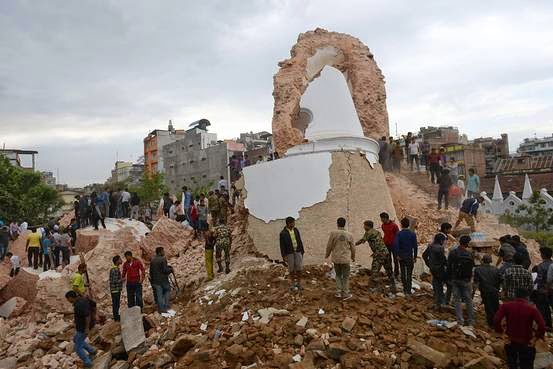First, congratulations to Au Kencho Wangdi for successfully
running four seasons of Druk Super Star singing contests and discovering many
national treasures. I wish him health, knowing he has all the other factors in
himself, to continue entertaining the nation and bringing out the best in our youths.
Among the many singing talentshe discovered, Bumchu Talozam
has become a household name in the last many months. I have heard her name in
towns and villages; I have seen people stop on the street and crowd over shop
windows when she appeared on the TV, and I have seen humble villagers spend
their hard earned money in voting for her.
Her melodies from Talo charmed the nation and rejuvenated people’s
love for Zhungdra, which was earlier only appealing to the elders. Zhungdra was
disappearing because of its difficulty in singing, slow pace, philosophical lyrics,
length, and it could only go well with one musical instrument, Dramney. Younger
generation found it hard to like, since our times, and had to be
compelled into preserving it by making it a mandatory item on school stages.
But Bumchu Talozam suddenly made Zhungdra sound like a new
genera and people started humming. History shall remember Kencho Wangdi and his
treasure Talozam for the great Zhundgra Revolution.
Talking about history, it’s said that the reincarnations of Zhabdrung
composed the songs Bumchu Talozam sang. Since 1705 four reincarnations of
Zhabdrung lived in Talo; Zhabdrung Jigmi Drap, Zhabdrung Jigme Chogyel, Zhabdrung
Jigme Norbu and Zhabdrung Jigme Dorji. I knew about this from a Bhutanese
scholar who presented on Talo Tshechu during the 7th Colloquium on
Culture and Environment in March 2015 at Kichu Resort.
The songs, believed to be very holy, were heard widely by
the older generations from Ap Dopay, who is also from Talo. But it’s said that
the songs though exceptionally melodious never went beyond Talo. Ap Dopay, a
natural singing star never taught these songs to his students from outside
Talo. It’s believed that Ap Dopay respected the spiritual copyright, a Kasho
issued by one of the Zhabdrungs, which apparently said that the songs and
dances from Talo should not be reproduced by any person or community outside
Talo. (Need to find out which reincarnation of Zhabdrung)
Today, Bumchu Talozam won runners up prize and I am very
happy for her. What she won from the show is far beyond any powertiller, she
has spread the love and melodious history of Talo that was dying a natural
death, and that without breaking the Zhabdrung Code (After all she is from Talo and it’s
her spiritual right). She has become a cultural ambassador. She is Kencho Wangdi’s gift
to the Nation.













































